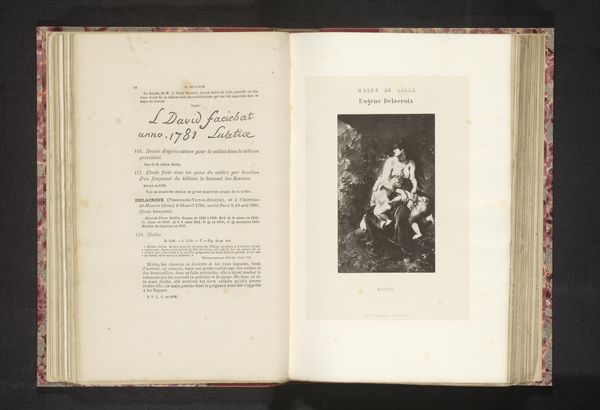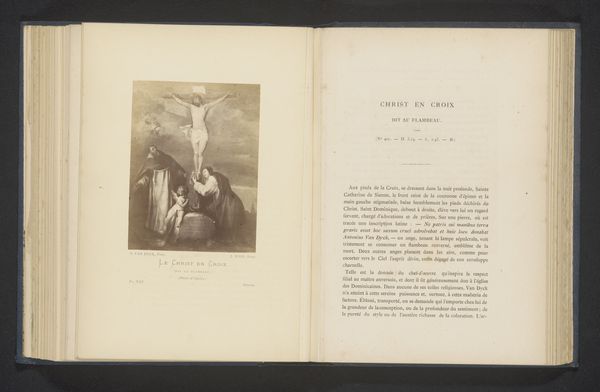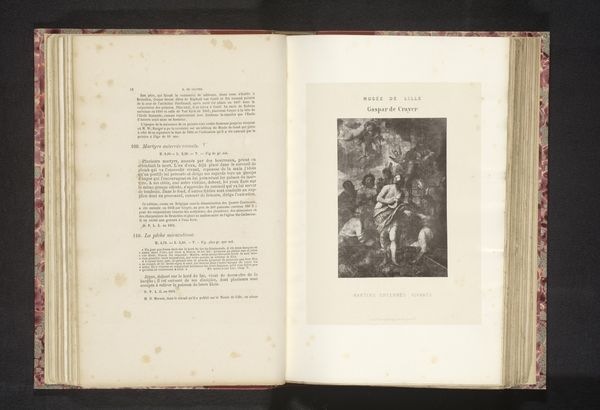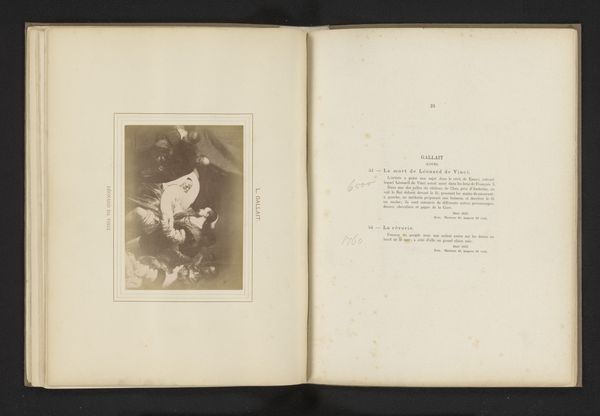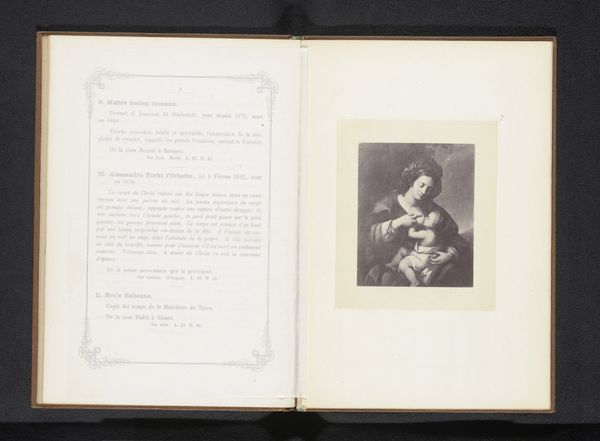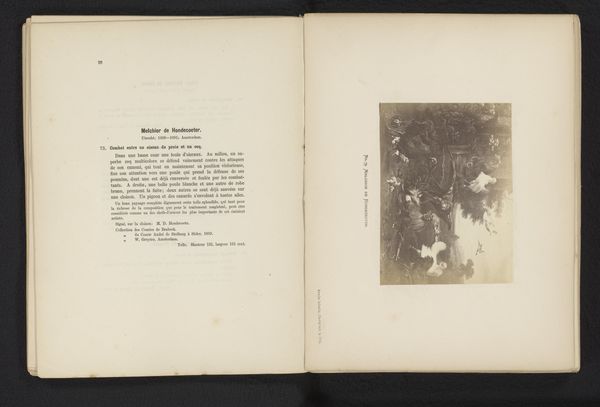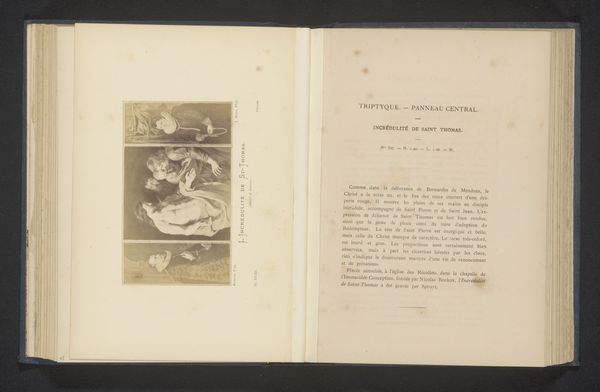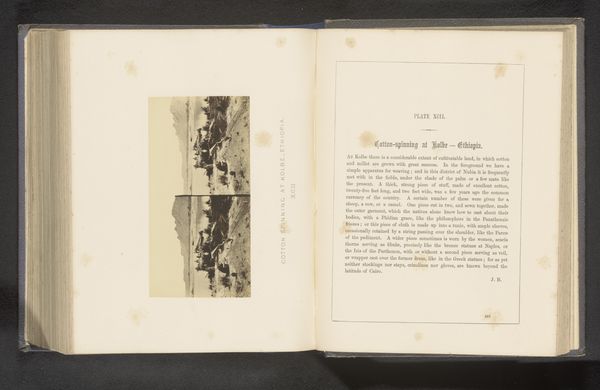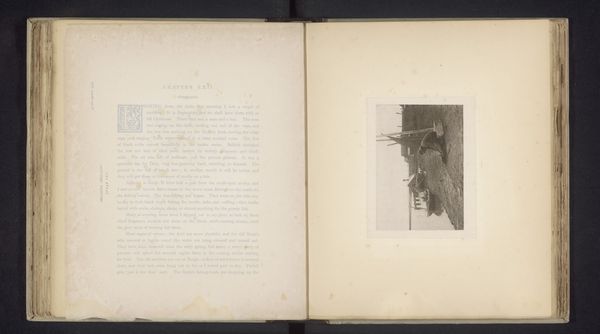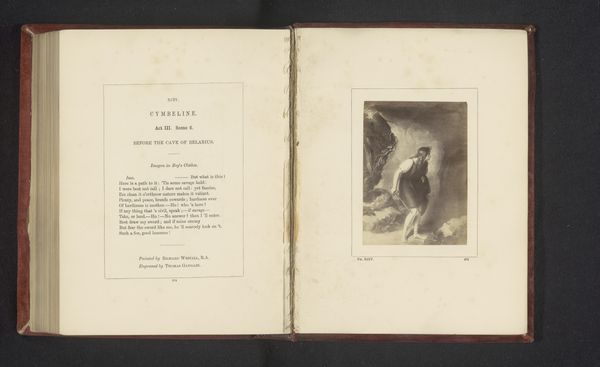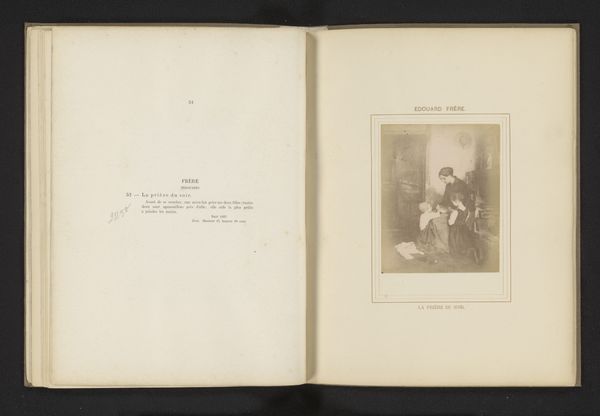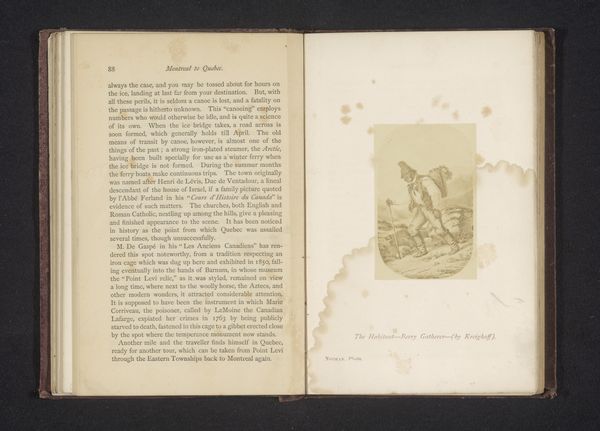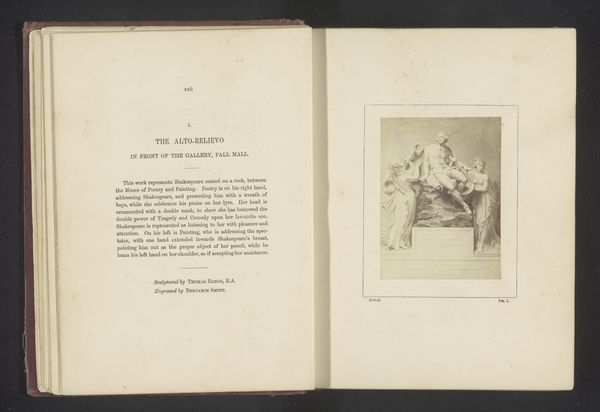
Fotoreproductie van een schilderij van de kruisiging van Christus door Peter Paul Rubens before 1891
0:00
0:00
Dimensions: height 136 mm, width 94 mm
Copyright: Rijks Museum: Open Domain
Curator: Before us we have a photo reproduction taken before 1891 of Peter Paul Rubens’s "The Crucifixion." This image is currently held at the Rijksmuseum. Editor: What immediately strikes me is the stark contrast – a body, radiant, isolated against an almost amorphous, dark ground. It certainly commands attention. Curator: Rubens, a master of the Baroque, was deeply concerned with theatricality, drama, and emotional impact. Here, we see those qualities rendered in this photographic interpretation. Notice how the photographer, Alexandre, captures the chiaroscuro so crucial to the Baroque aesthetic. Editor: Absolutely. And think about the implications of reproducing such a religiously charged image at this particular time. What political undertones are vibrating through the lines? It is history painting and thus engaged with societal meaning, obviously. Curator: In a formal sense, the composition directs our gaze upward. The diagonal of Christ’s body leads our eye to the heavens, a deliberate tactic for heightening the sense of divine suffering and transcendence. Semiotically the light emanating from the torso means deliverance and forgiveness through sacrifice. Editor: But it’s also worth considering who had access to such reproductions and how they were intended to be used. These images circulated within specific social spheres and played a role in shaping perceptions of both Rubens and the represented religious narrative, one presumes with specific cultural agenda, reinforcing and preserving belief. Curator: It certainly provides another layer for critical assessment of formalist versus historical engagement. The original baroque intention becomes mediated by reproductive technology and its attendant conditions of possibility. Editor: Indeed. Seeing it through both lenses allows for a richer, multifaceted appreciation of this compelling reproduction and the social conditions informing both the source image and reproduction.
Comments
No comments
Be the first to comment and join the conversation on the ultimate creative platform.
